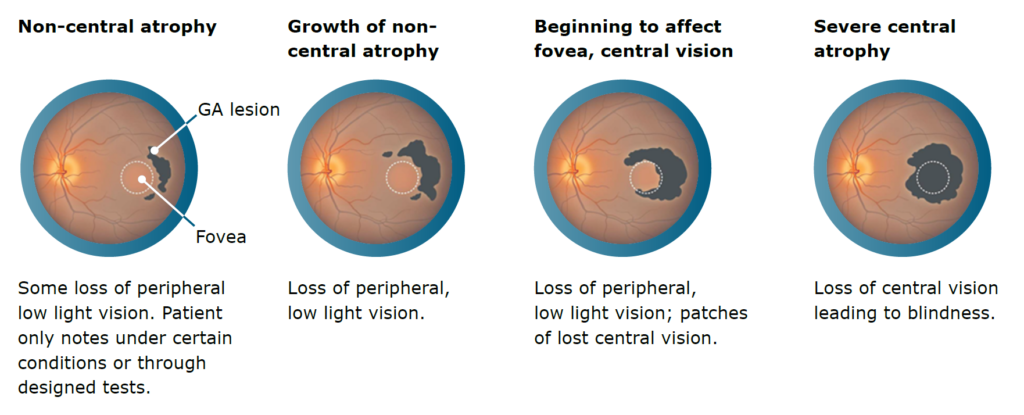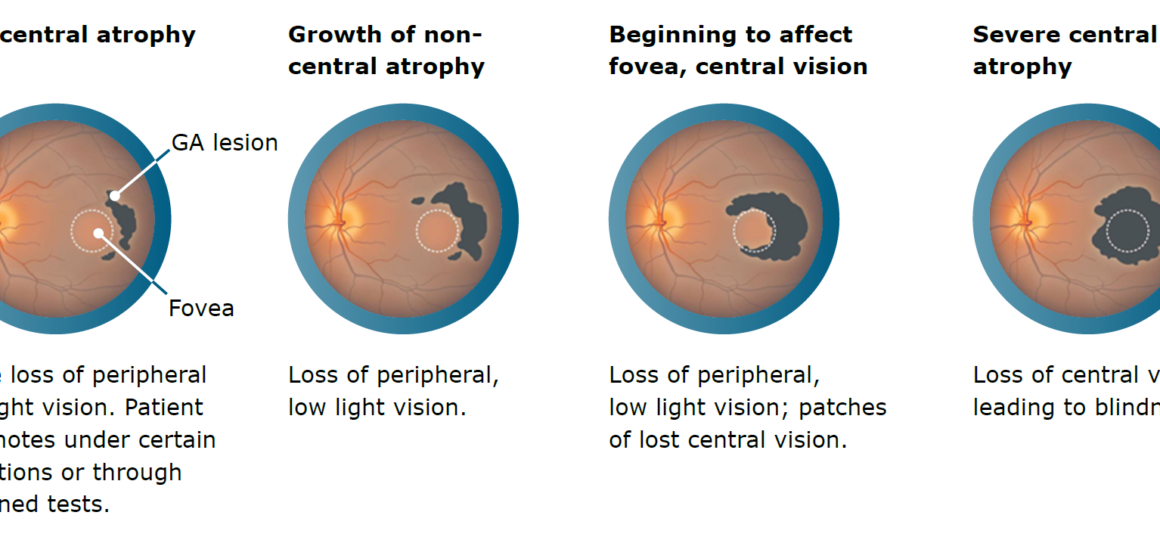Pegcetacoplan treatment shows increased effects over time in geographic atrophy
Carroucell has raised €1.5 million
 Carroucell, a French microcarrier supplier for cell culture in bioreactor, has raised a total of €1.5 million. The funding includes the closing of a Series A financing, led by the Novalis Biotech Acceleration fund and with participation of Crédit Agricole des Savoie (CADS), as well as support from Bpifrance.
Carroucell, a French microcarrier supplier for cell culture in bioreactor, has raised a total of €1.5 million. The funding includes the closing of a Series A financing, led by the Novalis Biotech Acceleration fund and with participation of Crédit Agricole des Savoie (CADS), as well as support from Bpifrance.
The funding will be used to accelerate corporate growth through industrialization of the company’s platform technology and ramping up of mass production processes to GMP standards. “When customers adopt Carroucell’s technology platform, they are able to optimize the yield and the quality of the cell culture, solving the low-performance problem in bioproduction we see today.”
Carroucell’s microcarriers are based on a major innovation in the field of sol-gel process, which allows the production of bioactive microstructures not achievable by existing technologies. In the bioreactor, cells can cling and multiply in “3D” and allows cultivation of a large quantity of cells in a restricted volume.
“For the first time, microcarrier customization and a more customer-oriented service are available for the development of the new applications into the cell culture and bioproduction market. There are many challenges with biomanufacturing performance. We believe our unique microcarrier technology and ability to address customer specific needs will overcome most challenges and stimulate a revolution in the sector moving forward,” said Tarek Fathallah, Founder and President of Carroucell.
“Carroucell is creating a new standard in biomanufacturing, which could help to facilitate patient access to many more innovations in cell and gene therapy in the future,” said Jan Van den Berghe, co-founder and managing director of Novalis Biotech, who has also been appointed to the board of directors.
“The complex environment of cell culture in bioreactors and the increasing number of new applications requires an innovative approach to guarantee the balance of the system. Carroucell’s microcarrier plays the role of regulator of this system by ensuring its optimization,” said Takis Breyiannis, CEO of Carroucell.
07/09/2022




 Carroucell, a French microcarrier supplier for cell culture in bioreactor, has raised a total of €1.5 million. The funding includes the closing of a Series A financing, led by the Novalis Biotech Acceleration fund and with participation of Crédit Agricole des Savoie (CADS), as well as support from Bpifrance.
Carroucell, a French microcarrier supplier for cell culture in bioreactor, has raised a total of €1.5 million. The funding includes the closing of a Series A financing, led by the Novalis Biotech Acceleration fund and with participation of Crédit Agricole des Savoie (CADS), as well as support from Bpifrance.
COMMENTS ARE OFF THIS POST